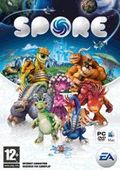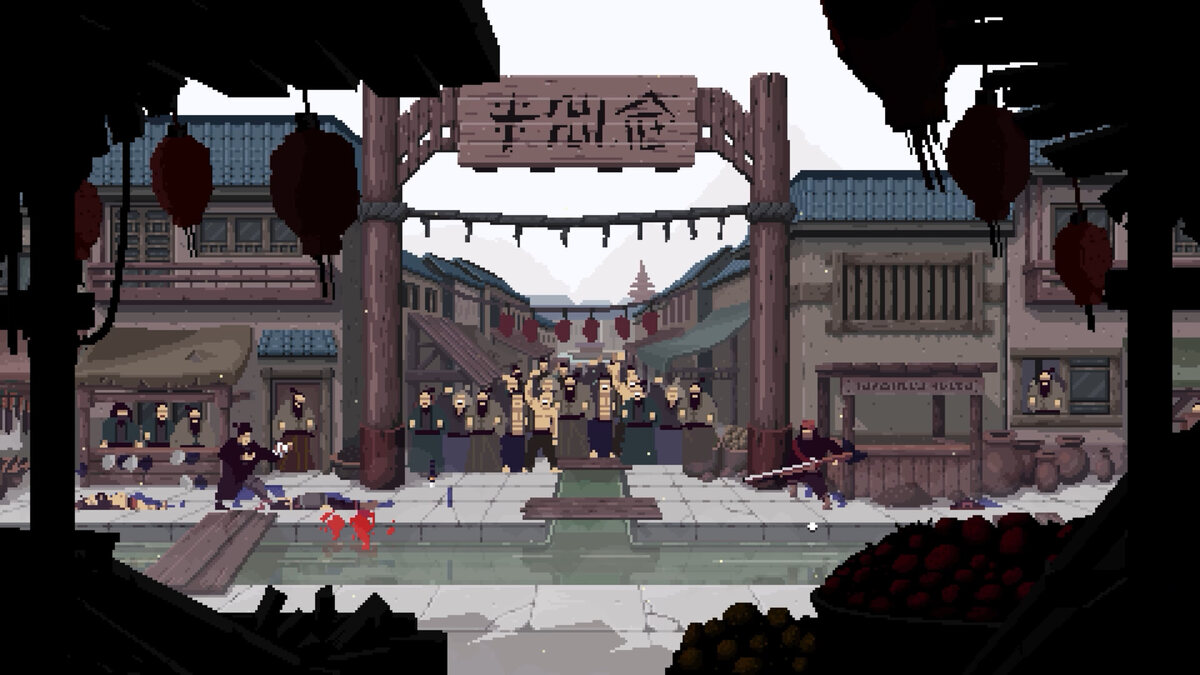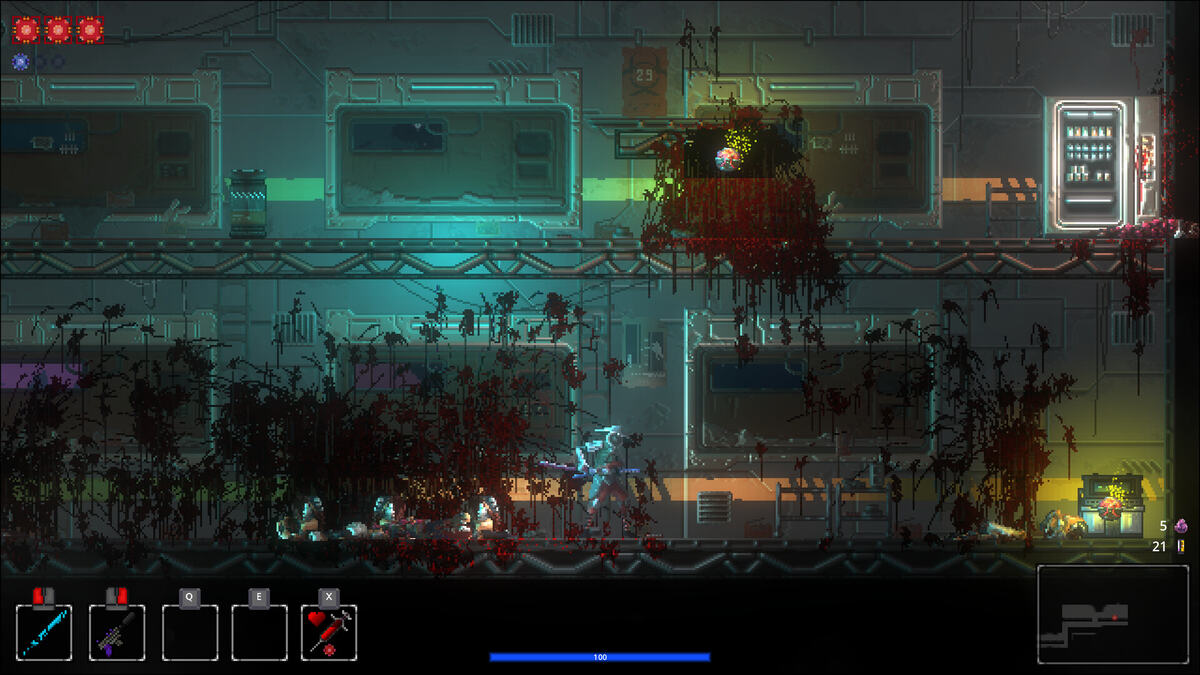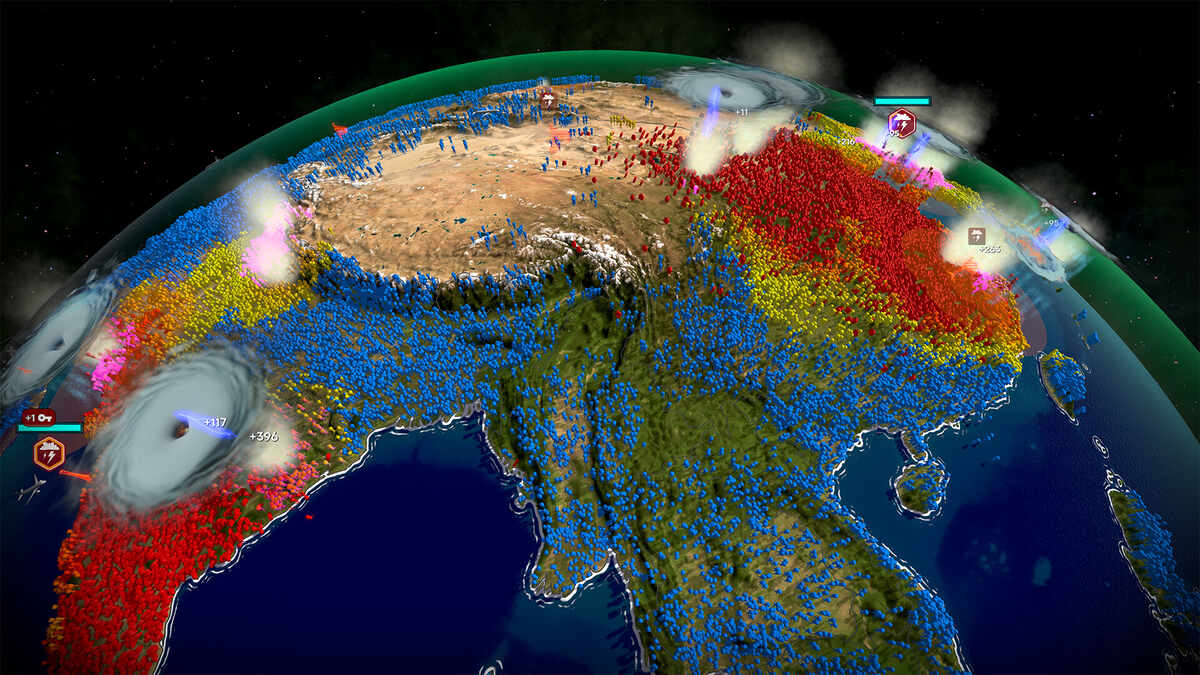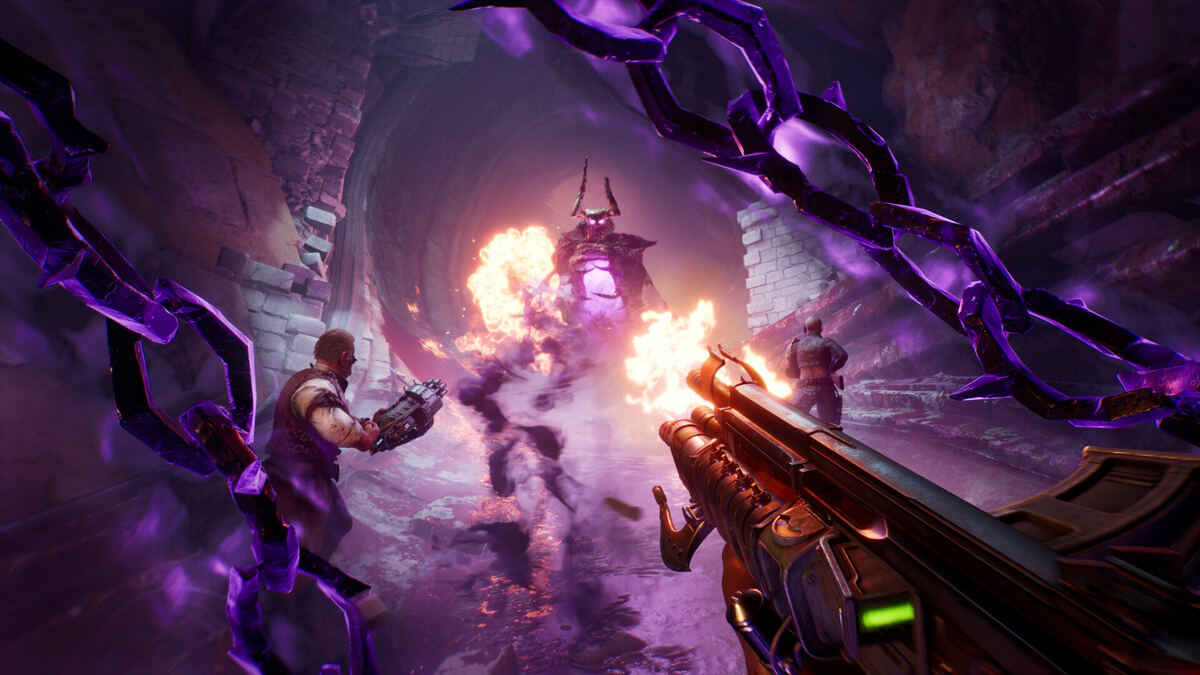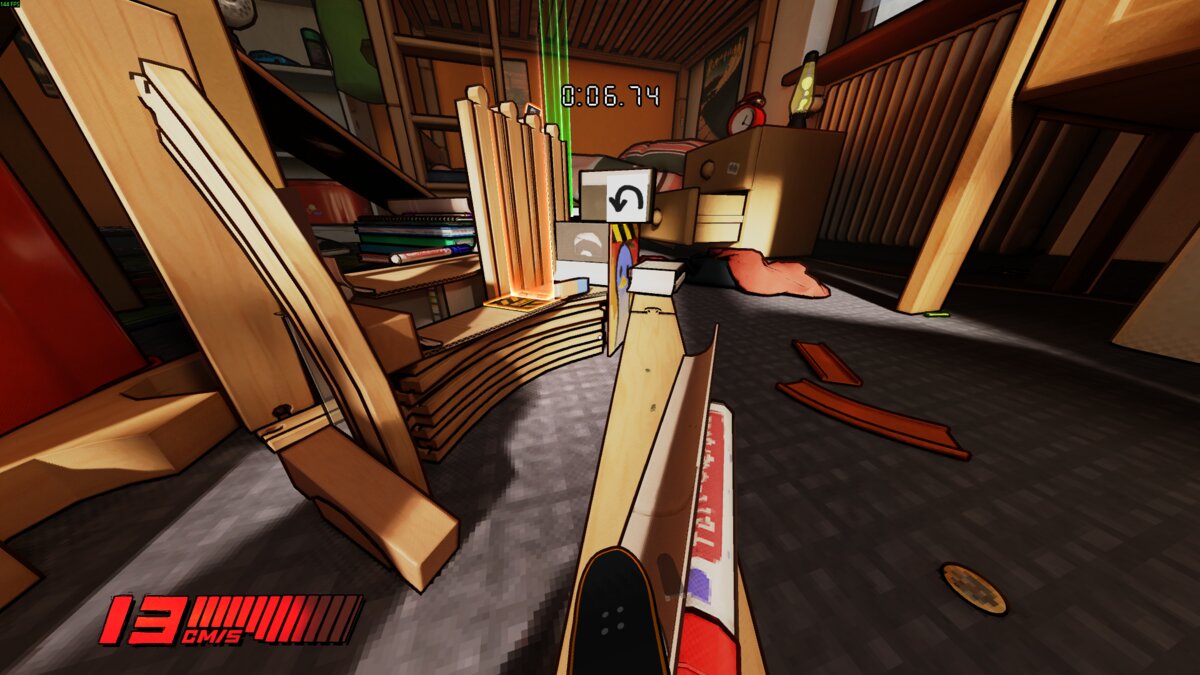You can trust VideoGamer. Our team of gaming experts spend hours testing and reviewing the latest games, to ensure you're reading the most comprehensive guide possible. Rest assured, all imagery and advice is unique and original. Check out how we test and review games here
Ever see that BBC programme GCSE Bitesize? Sure you have. They take all that crazy physics and chemistry stuff and break it down into manageable chunks so that it’s easier to digest and, hopefully, understand. We’re a simple lot here at VideoGamer.com. So for a game like Spore, which is just humongous and full of tonnes of clever little things, we’re going to give it the GCSE Bitesize treatment and break it down.
Spore’s like no other God-game you ever played. Instead of taking control of a civilisation, a race or even a planet, you’re controlling life, and the evolution of that life right from the beginning to the very end (Spore can actually end, if you were wondering). We’re talking about primordial soup single cell organism stuff right up to space colonisation, and everything in between.
Spore is divided up into five “phases” – Cell, Creature, Tribe, Civilisation and Space. These five phases chart the evolution of life, a life you have the chance to create, mould and control in a way never before seen in a video game. Let’s start at Cell. EA Maxis likens this phase of Spore to classic arcade game Pacman, and you can see why. From a top-down perspective, you take your newly created, super-cute single-cell organism and start eating bits of… stuff (green dots). You do this by moving your organism around the primordial soup, avoiding bigger, threatening organisms and, well, eating as much as possible. The more you eat, the bigger you get. The idea of course is to evolve, and that’s exactly what you’re doing.
It’s a strangely therapeutic affair, minding your own business as you take your organism casually swims about. EA Maxis has splashed a cartoon paint job on the Cell phase – your organism might have big eyes, make cute noises and generally look like something you’d buy your little sister for Christmas. But there’s an underlying threat – other organisms can and will try to eat you, if they have a mouth, and can kill you. Don’t worry though, you’ll respawn and carry on regardless.
Eventually you’ll evolve to a stage where you’ll be able to leave the water and venture inland. This is called the Creature phase. Here, things play out a bit like classic RPG Diablo, in that you’ll either be running about inland communicating with other creatures, gaining new skills, abilities and levelling up, or, well, eating them, if you have a mouth (your creature can be a carnivore or a herbivore). The view in the Creature phase switches to third person, with abilities, offensive and peaceful, mapped to the number keys. The super cute cartoon wash remains, and this transfers over into what you can have your creature do. It’s up to you to decide if you want to be aggressive and take on everything in sight – like you other creatures have hit points, and each attack takes off a certain amount. Or you might want to play it like Gandhi and try to communicate with other creatures, either by mimicking what they do or by dancing. Again, everything is fairly slow-paced, and casual. If you do attack a certain type of creature, you will be at war with them and they will be hostile. If you develop your relationship with other creatures, however, they will become your friends. Die, and you will resurrect at your nest, where some of your buddies remain.
The next stage in evolution is Tribe. EA Maxis likens this phase to The Sims. Here you control a small number of your creatures as they start to wield tools, build huts and co-exist with other tribes. Spore starts to take on a real-time-strategy feel here, with a point, click and drag over units control system and limited building features. Again, it’s up to you how you interact with other Tribes – you can be aggressive and invest in upgrades like axes, maces and other basic weaponry, or you can befriend other tribes and co-exist. Of course we decided to try and kill everything – here we controlled about five creatures in a squad as we completed specific tasks – like killing a certain number of enemies. Your creatures will also mate – shown by floating love hearts – run off into your hut, have some fun and produce a baby. The babies then grow up, and your tribe expands. It’s evolution baby.
After Tribe you’ve got the Civ phase, which, you might imagine, is like Sid Meier’s classic Civilisation. Here, you have control over your creatures as a race, building up cities, producing vehicles, buildings and attempting to control your planet either through aggressive means or diplomatic means. This phase is as close to a traditional RTS as the game gets – with unit selection, movement, resource gathering and combat that will be instantly familiar to many PC gamers. You can clearly see rival civilisations and their territory borders from a mini-map, as well as battles and unit movement. Again, we took the aggressive route, building a number of ground vehicles with missiles that we used to pummel a rival nearby city. It wasn’t long though before our city was completely destroyed, and, it being our only one, ended our civilisation.
Following Civ is the game’s final phase, Space, which EA says is like a straight-up MMO except without other players. Here things really open up. You can explore the universe, terraform entire planets with a toilet space ship called the Big John, and engage in galactic conquest. We’re told that while the game won’t end if you don’t want it to, there is a main ultimate quest that you can embark on which will end the game if you complete it. As you meet and interact with other alien races you will get clues to the ultimate quest. But then you might want to ignore them – no-one wants life to end after all.
That’s quite a lot to digest, isn’t it? Spore’s clearly not lacking ambition, or scope. But simply saying Spore is a God-game that brings together a number of different game genres is like saying Frank Lampard is a midfielder who only scores goals (keep quiet, Tom!). There’s so much more to it than that. And that’s all tied in with the user creation side of things, which will allow players to create their own creatures, buildings and vehicles, amongst other things, share them with other players and integrate them into their game.
EA calls this Pollination – the ability to integrate content created by other players into your own version of Spore. Because of this, EA describes the game as a massively single player game, and as a result sans the griefing. You get to filter the type of content that will appear in your game – you can report and ban users if you take offence to what they’re doing. You can even subscribe to Sporecasts – an in-game feed which will automatically incorporate content generated by other users that you like. This could take the form of anything – from a sci-fi theme to a set of creatures shaped like the alphabet – the O monster a particular highlight from our time with the game.
While Spore gets progressively hardcore as you work through its phases, it still has an overall casual feel which EA hopes will lend the game to every type of gamer out there. It has already divided up Spore’s audience into three types – creators, gamers and explorers. Creators will spend most of their time using the tools the game supplies to conjure up fantastic creatures, buildings and vehicles, upload them to Sporepedia, a kind of central database, available offline too, of all user-generated content and track how other Spore players use their stuff. So, for example, a creator might spend a few hours making a really cool UFO, upload it to Sporepedia and take pleasure in knowing that loads of other users have added it to their game, come across it on their travels and perhaps even been killed by it. In Spore you won’t be playing against other players, you’ll be playing against their creations.
Spore’s creature creation tool really is impressive, and it’s because it’s so easy to use and simple. You start with a base and add limbs, eyes, mouths and other appendages, stretching, warping and moulding like clay with simple mouse clicks and drags, then use the paint system to give your creation a unique colour. The possibilities really are endless. Give it one leg and it will instantly start hopping around. Give it four and it will know how to run. Being able to realistically animate the millions of creature variants that Spore makes possible on the fly is something EA Maxis is particularly proud of. Indeed, there’s a weird pleasure to be had from going nuts with Spore’s creature creation – and we anticipate some less than politically correct creatures to spill into Sporepedia soon after the game’s release in September.
The second user type, Gamers, will play Spore like a traditional game – from the Cell phase right through to Space (you can jump right in at any phase if you wish). For them, creation will be less of a draw. It’s more about playing and completing the game, as well as the ultimate game-ending quest. EA has included an incentive that should please those interested in playing the game this way – there will be an achievement system for playing through from Cell to Space. Your accomplishments will then be made available through the game’s RSS feed.
And finally, Explorers will be those types of people who simply enjoy running around and seeing what the game has to offer. They might enjoy a touch of creation, but that won’t be the main focus of their attention.
While Spore is very much a video game, it aspires to be so much more. It’s a platform for people to create life, mould it and share it with millions of other people. It’s a social networking site, a virtual world and a creation tool all rolled into one. Spore will even allow you to create video clips of your creations and upload them to file-sharing websites like YouTube. The Spore Store will allow you to buy T-Shirts and mugs with prints of your creatures, and even order sculptures of your tribes. It’s like nothing we’ve ever seen – how often can we say that and truly mean it in video game land?
While we’re very excited about what Spore could be, we’re not without concerns. It may end up suffering from its own ambition – being so wide in scope is great, but it may prove to be a tad confusing to a lot of gamers. It might also suffer from being “genre-light”, in that each of the phases won’t be as in depth as a game designed specifically for that genre. There won’t be any live chat support either, which we think is a crying shame, since social networking is one of Spore’s strong points (you can leave comments next to creations in Sporepedia). And currently EA Maxis has no plans to support mods, which we think might be a missed opportunity.
Despite our reservations, EA has high hopes for Spore. It sees it as an all-encompassing franchise which will come to dominate on every platform capable of hosting some playable version of the game. EA wants to follow an expansion pack model but in a different way to The Sims. This will come in the form of more tools, enabling players to make more things, rather than off the shelf expansions. Could Spore overtake Will Wright’s all-conquering PC game The Sims? Where there’s life, there’s hope.
For more juicy Spore info, check out our interview with gameplay producer Thomas Vu.
Spore is set for release on PC and DS in the UK on September 5, 2008, with PS3, Wii and Xbox 360 versions to follow.
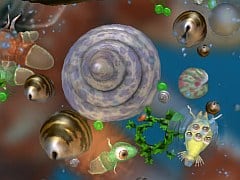
/https://oimg.videogamer.com/images/effd/spore_89.jpg)
/https://oimg.videogamer.com/images/934b/spore_87.jpg)
/https://oimg.videogamer.com/images/8a7d/spore_80.jpg)
